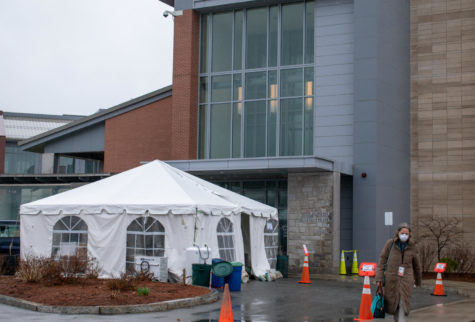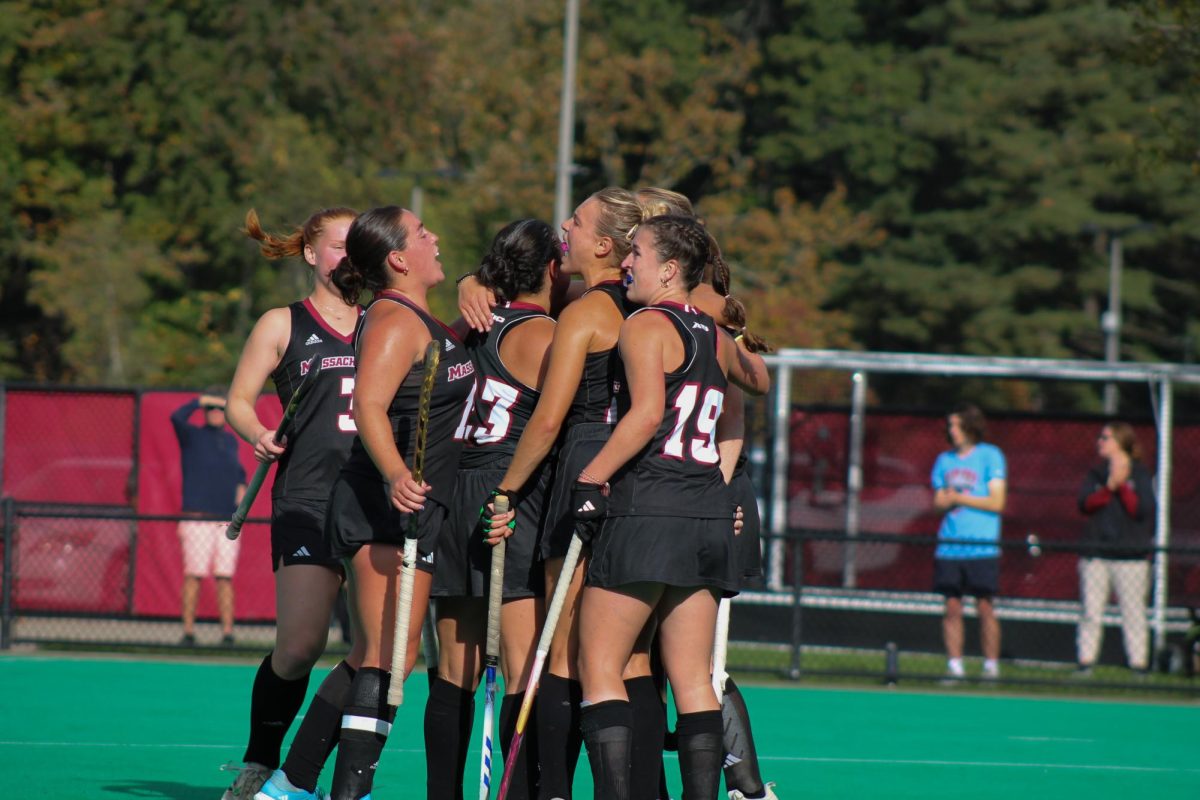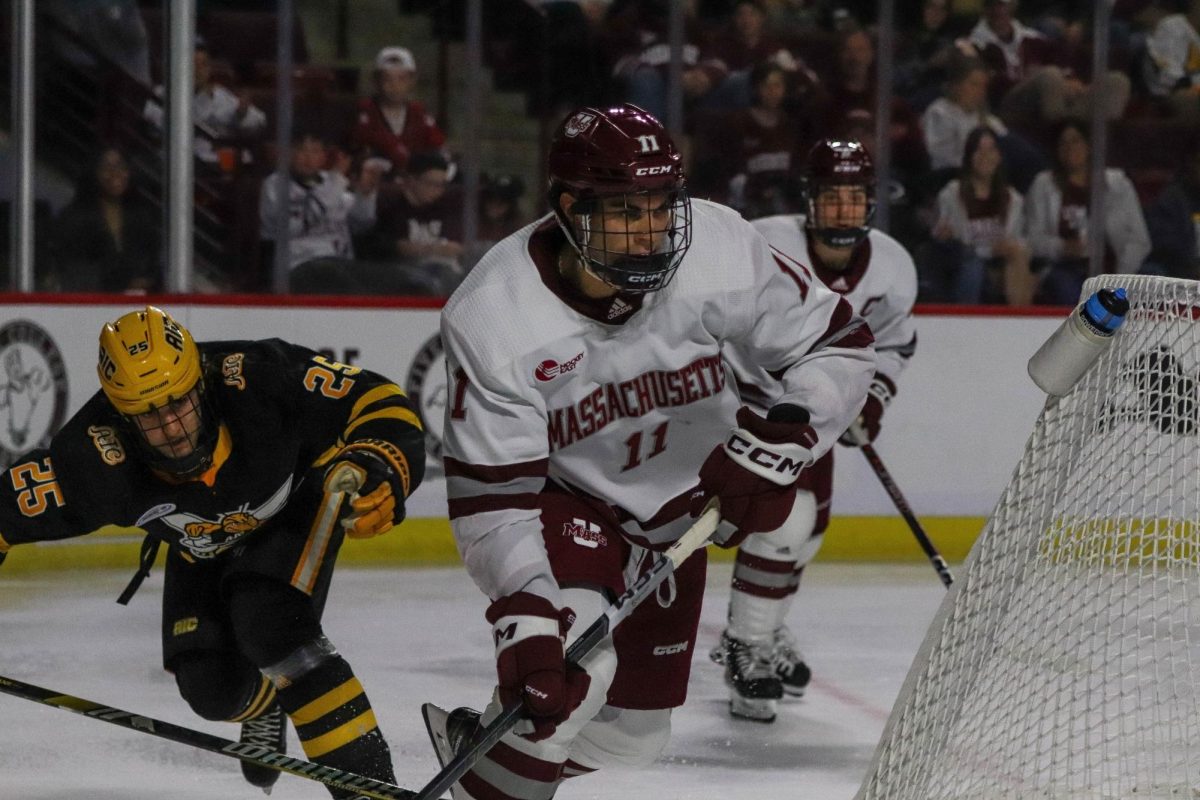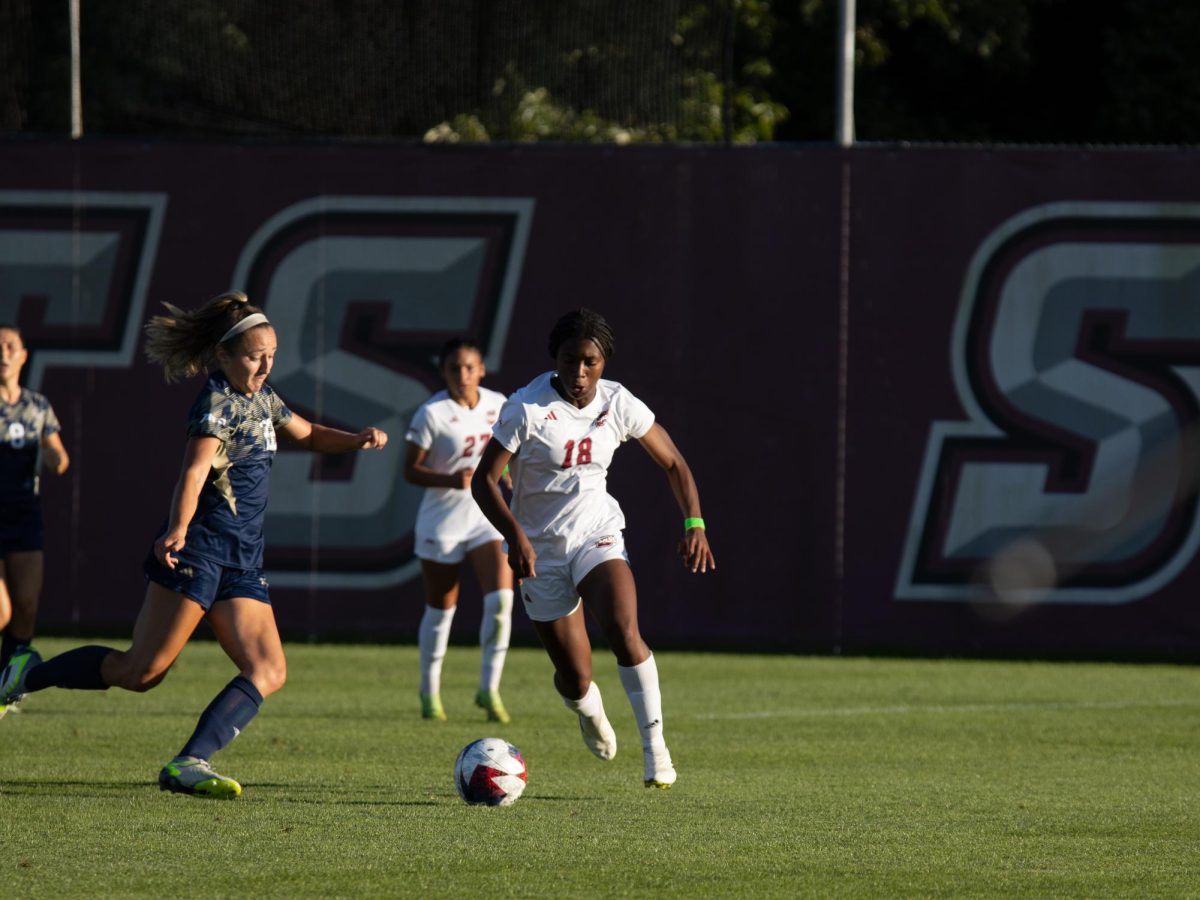“There seems to be a large bias in mainstream media outlets toward discussing the data in a way that is maximally fear-mongering and concerned about the effects of the virus, and minimally concerned about the effects of mitigation strategies,” said Rosemary “Rosie” Cowell, an associate professor in the department of psychological and brain sciences at the University of Massachusetts.
She and her colleagues – Professor Adrian Staub, Professor Carlo Dallapiccola and Professor David Huber – are co-authors of the Covid Balance blog, a forum for discussions on COVID-19 data and policy. Staub and Huber also teach in the department of psychological and brain sciences, while Dallapiccola teaches in the department of physics.
Through their blog, the professors have each expressed concern that the scientific and policy-oriented discussions about COVID-19 have become excessively polarized. This, they worry, has resulted in self-censorship, and prevented real dialogue between scientists and policy makers about the different interpretations of COVID-19 data.
“There seems to be a real reluctance to voice anything but a certain narrow and well-worn set of views about the nature of this pandemic and about the appropriate response from political and educational authorities,” Staub said.
He and his fellow bloggers have expressed concerns that mainstream media outlets often present COVID-19 data without enough context and tend to draw conclusions in the absence of reliable enough evidence.
“There was a greater interest in sculpting what our behavior would be, as opposed to letting us know what was really happening,” Dallapiccola said. “It almost felt like they didn’t want us to know certain things because it might lead to not cautious enough behavior.”
Huber elaborated that “there is, for instance, a lot of emphasis on half a million deaths. And that is a phenomenally large number. But it has never been put into context, for instance, that every year, approximately half a million Americans die as a cause of smoking and the different things that can arise from smoking.”

“And if the goal of society were simply to save half a million lives, you could much more readily do that with an outright, government-imposed ban on smoking,” he added.
When it comes to COVID-19, however, he worries that not enough attention is being paid to the long-term consequences of mitigation efforts such as widespread lockdowns.
“An important thing to remember is that all of us have children. Some are quite young. And we have witnessed first-hand their failure to receive in-person learning for about a year,” Huber said. “We have seen the mental health and educational consequences of that. And if we just crunch through the numbers of multiplying that across 50 million kids in the U.S., it’s staggering what’s occurring and that’s just one of many things that is stemming from these mitigation efforts.”
Staub elaborated on the long-term consequences of pandemic-induced isolation, which may not be as apparent.
“I mean, one can go on and on,” Staub added. “The lost schooling, the mental health costs to both children and adults from this period of isolation, the lost employment, the physical health costs associated with avoiding other medical care and the apparent increase in domestic abuse and drug abuse.”
Emphasizing the mental health impact, Dallapiccola added that “there’s other things I don’t think we should completely write off as being trivial. For example, freshmen entering college have lost their entire freshman year. You don’t get to be a freshman again. You don’t get to be a senior in high school again. And I don’t think we should be so cavalier about all of these trade-offs.”
He referenced the death of Spencer Smith, a high school football star from Maine who committed suicide, apparently due to the frustration and isolation amid school closures.
“We don’t actually know for sure how effective these mitigation techniques have been,” Cowell said. “Everybody talks as if we know for sure that we have saved hundreds of thousands, if not millions of lives with these lockdown measures. How can we measure whether that’s true?”
“Well, you can look at states that have had stringent lockdowns and the states that have not. You can look at Florida and California,” Cowell said “They’ve got similar population densities. I think they are comparable in a lot of ways as large states. And if you look at their deaths per million, it’s actually an incredibly similar number.”
Although Florida’s death per million count is slightly higher and the state has an older population than California, it would be expected that Florida’s count would be higher, she said.
“But Florida has been open since last summer while California has been locked down since last March,” Cowell said. “So that right there tells you that we need to question how many lives we’ve actually saved with these measures.”
But that doesn’t mean limiting social contact isn’t effective, Hauber said. He pointed to China where a heavy-handed approach to quarantine and lockdown restrictions led to a succesful containment of the virus.
“If you really have that tight of a control on society, then yes, that can work,” Hauber said. “But we live in a free society. And I mean, what we’ve sort of ended up with is kind of like neither one extreme nor the other. And so, we’re sort of causing damage without actually stopping the virus.”
“Unfortunately, these things are all harder to quantify, especially in the moment when they’re happening,” Staub explained. “They’re harder to quantify in real time certainly than the count of numbers of cases or the numbers of deaths. And so, it creates in some ways a very asymmetrical kind of situation where we have, on the one hand, this ticker associated with the costs of the COVID-19 infection and the pandemic itself. And on the other hand, a much more nebulous sense of what the long term, but very serious consequences might be of our response to this pandemic.”
The professors have advocated for a more targeted intervention which protects the elderly and most vulnerable through continued restrictions and regular testing, while letting the rest of society — especially young people who are at low risk from COVID-19 — return to near-normal.
When asked how such a model would prevent young people from spreading the disease to the elderly and vulnerable, Staub said, “we could have put some portion of the resources that we put into these large-scale interventions into paying the older and more vulnerable people to stay home… Now, do I have all the details about how that would have worked? I certainly do not.”
Cowell argued that large-scale, indiscriminate measures of restriction only work for a small portion of people.
“The bottom line is that suppressing the movement of everyone only works for the laptop classes… the 35-year-old professionals who can take their jobs online to collect their salary,” she said.
“It doesn’t work for people without means, and those tend be the same kind of demographic as the people living in multigenerational households,” Cowell said. “Somebody in that household has to go off to work. And then the people that we’re trying to protect don’t actually get protected by the general lockdown anyway. It’s not really a choice if it doesn’t work for exactly those pockets of society that are most vulnerable to COVID.”
After the spike in COVID-19 cases on the UMass campus in February, the professors expressed dissatisfaction with the administration’s handling of the situation. Cowell took to “Overhead at UMass” – a Facebook group of UMass community members – and described the restrictions placed on students as “draconian.”
Instead, she advocated for “a more balanced approach that respected the seriousness of the virus while also mitigating harms to young people from virus suppression efforts.”

“Decision-making is never easy for the administrators… and I understand that they were under pressure from the townspeople,” Cowell said. “But you cannot take away people’s basic civil rights. You can’t say to people that you don’t have the right to leave your room because you are an undergraduate student at UMass. Especially when there was no state law saying that and there was no town law saying that.”
“It was utterly discriminatory,” she said.
She said the University overstepped its authority in prohibiting students from going to their jobs and from exercising outdoors, a directive which was later revoked by the administration.
In a detailed blogpost, Huber cautioned the University administration against utilizing their diagnostic COVID-19 test as a tool for mass-screening the entire student population.
Given the scale and rate at which UMass is conducting asymptomatic testing, he said every COVID-free student has at least a 26 percent chance of receiving a false positive test result over the course of the semester. This, he warned could produce “massive disruption to the community and entail serious consequences for mental health.”
Consequently, Huber and his fellow bloggers are lobbying for UMass to administer second tests to asymptomatic students before quarantining them for good.
“People don’t really grasp the extent to which you can get false positives when there is a very low baseline prevalence of a disease in the community,” Cowell said. “The least that UMass can do is administer a second test because that will greatly reduce the chance that they quarantine someone who is not infectious. That’s what is recommended by the World Health Organization as well. But those guidelines are being ignored.”
When asked if there are other faculty members who share their skepticism, Staub said he and the professors are in the minority.
“I do think that the majority of faculty at UMass are much more in line with the standard public health messaging than the three of us are,” he said. “It wouldn’t be right for us to present ourselves as in some way representative of the large known group.”
“We are outliers,” Dallapiccola added. “Although we might not be as extreme outliers as we think just because there is, as we mentioned at the very beginning of our chat, some self-censorship.”
He lamented that people were quick to politicize this issue, especially in the progressive political climate of the valley.
“One of the ways in which it is very hard for me to discuss the pandemic in what I believe to be a balanced way is that it easily gets you tagged as being something like a Trump supporter,” Dallapiccola said. “We have all openly noted that we’re on the progressive side of the political spectrum but that has nothing to do with it. Let’s leave politics out of this discussion about the pandemic and its tradeoffs.”
Bhavya Pant can be reached at [email protected]. Follow her on Twitter @bhavya_pant.





















Anna • Mar 23, 2021 at 10:58 pm
People want others to be truthful. But the top so called leaders are nothing but cheaters. And yes, it’s political. So nothing to do with the health. People die. Always. People kill. And there are fruits awaiting for everyone’s actions.
suddyan • Mar 22, 2021 at 10:17 am
[He pointed to China where a heavy-handed approach to quarantine and lockdown restrictions led to a succesful containment of the virus.]
Not true. Cum hoc ergo propter hoc. Zero consideration of many other contributory causes. Really, a professor should know better.
Oh well, at least these professors showed some common sense in questioning the authoritarian orthodoxy.
Andrea Centerrino • Mar 21, 2021 at 10:34 am
Thank you for this thoughtful discussion that is well overdue.
Alumnus 93 • Mar 20, 2021 at 5:05 pm
Thank you for speaking your well-reasoned options. I appreciate your bravery and willingness to represent a large population of like-minded people. And yes, we should leave our current corrosive politics out of this – and yet recognize that the people making the decisions to unilaterally restrict individual freedoms are operating in highly political environments. Again, thank you!
Beth Chung • Mar 20, 2021 at 1:13 am
I completely agree with this article.
Tom • Mar 19, 2021 at 10:10 pm
Had professor Carlo 10 years ago as a freshman in 181. Thanks for sharing you’re a stand up guy
Lisa Khoury • Mar 19, 2021 at 9:07 am
Thank you for publishing this article!
Thank you for bringing the voice of these professors to the UMASS community.
Please know that MANY UMASS alumni are grateful for this message and for the efforts of these professors.
GO UMASS –
Lisa Khoury – Class of 92